National Alliance On Mental Illness
October 26, 2018 in LINKS
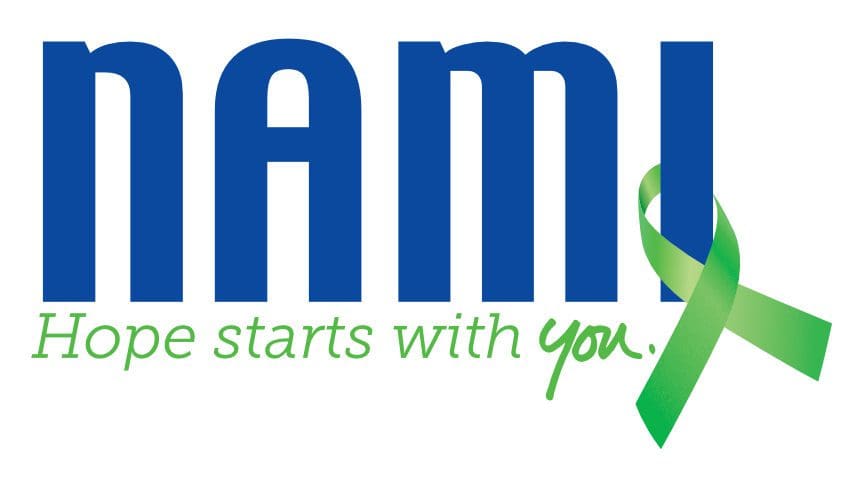 The National Alliance on Mental Illness (NAMI) is the United States’ largest grassroots mental health organization. NAMI is dedicated to building better lives for millions of American’s affected by mental illness through education, advocacy, listening, and awareness.
The National Alliance on Mental Illness (NAMI) is the United States’ largest grassroots mental health organization. NAMI is dedicated to building better lives for millions of American’s affected by mental illness through education, advocacy, listening, and awareness.
The NAMI website is an excellent resource for information about mental health, with a wide variety of news articles on mental illness, specific conditions, blogs, stories, and more!
Learn More: Learn about the warning signs of mental illness, mental health conditions, statistics, treatments, research, and public policies.
Find Support: This section includes tips for reaching out to support services, advice on living with a mental health condition (such as navigating insurance, finding a therapist, romantic relationships, and more!) and support for:
- Family members and caregivers
- Teens and young adults
- Veterans and active duty personnel
- LGBTQ
- Diverse communities
There is also a HelpLine and programs that offer support, education, and training.
Get Involved! This section shows various ways that you and your family can get involved with NAMI, whether that be through education, peer support, policy advocacy, or promoting public understanding.
NAMI News: Read about mental illness in the news and ways to take action.
NAMI Blogs: A place to comment on post from people who have lived experience with mental illness and those with expertise in living with mental illness and mental health.
Personal Stories: Read personal stories from the NAMI community.
Find your local NAMI! What are they up to in your community? What is something valuable you learned from the NAMI website? Leave us a comment and let us know!

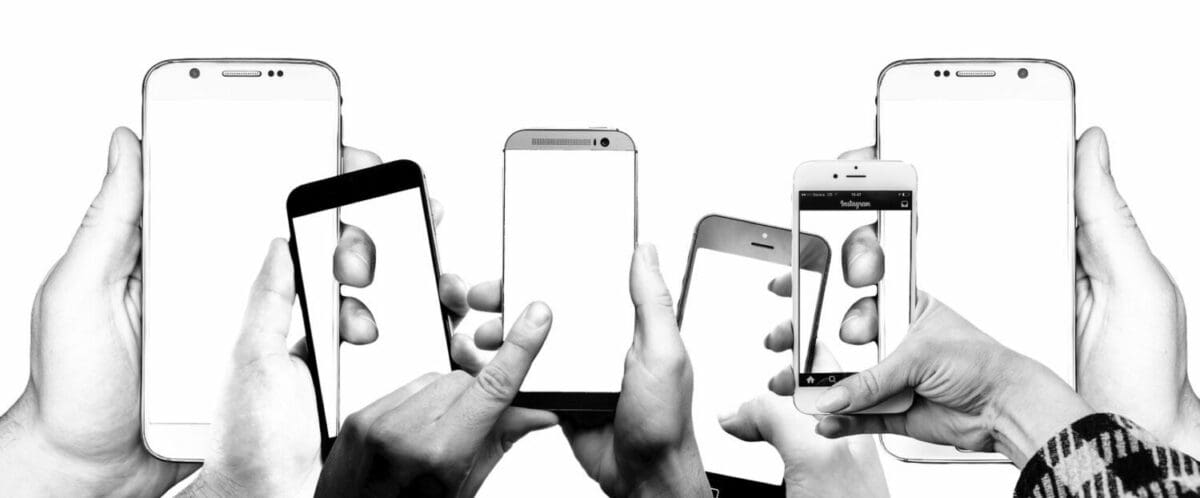

 One of the greatest causes of stress in adolescents is feeling like that they have to do well in school. A significant contributor to this, and what determines a good portion of grades, are tests. This also includes larger tests like AP exams and standardized tests like the ACTs and SATs.
One of the greatest causes of stress in adolescents is feeling like that they have to do well in school. A significant contributor to this, and what determines a good portion of grades, are tests. This also includes larger tests like AP exams and standardized tests like the ACTs and SATs. STEPS was divided into six 30 to 40 minute sessions that the student could complete whenever they wanted. Each session focused on different ways of coping with test anxiety, with one session focusing on self-reflective exercises, to another showing videos of other students candidly talking about their own experiences with exams and how they manage their anxiety with it. Some teachers had the students work on the sessions during classes, while others could work on them at home.
STEPS was divided into six 30 to 40 minute sessions that the student could complete whenever they wanted. Each session focused on different ways of coping with test anxiety, with one session focusing on self-reflective exercises, to another showing videos of other students candidly talking about their own experiences with exams and how they manage their anxiety with it. Some teachers had the students work on the sessions during classes, while others could work on them at home.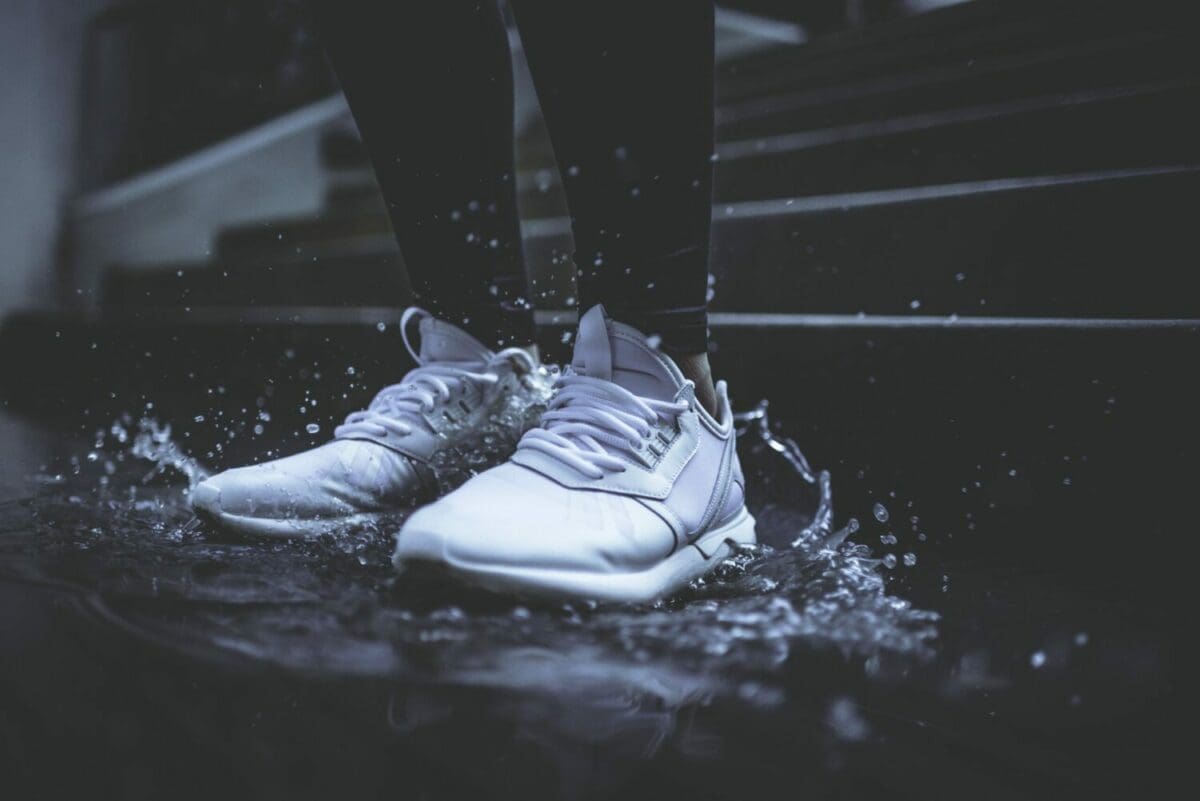
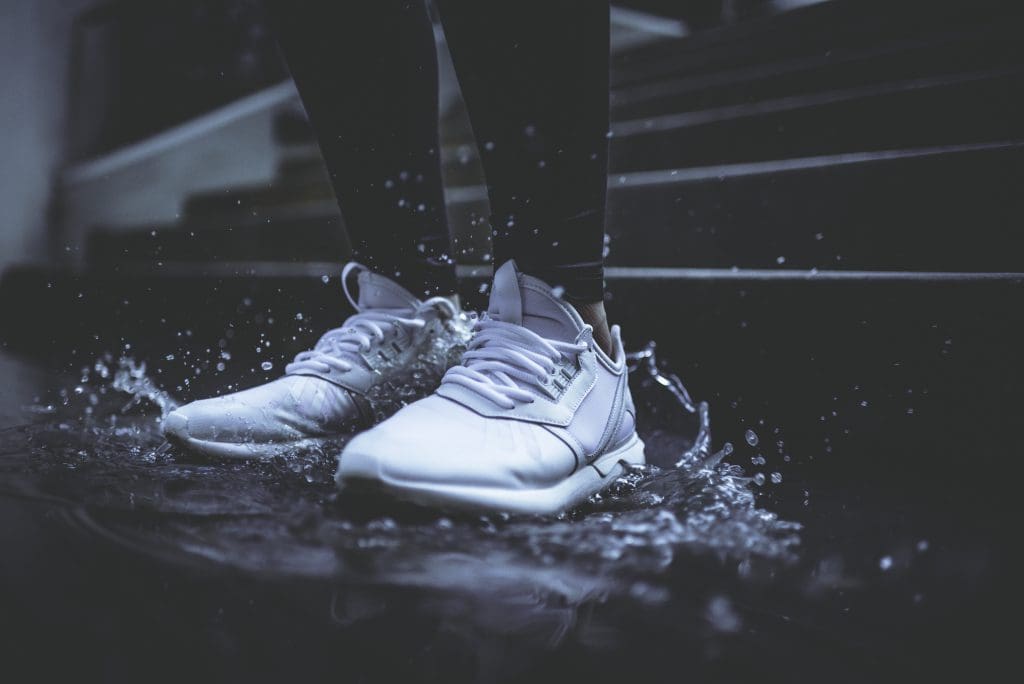
 No one has (allegedly) ever made the decision to begin running and was then immediately able to run several miles the next day. The Internet knows this, and there are endless
No one has (allegedly) ever made the decision to begin running and was then immediately able to run several miles the next day. The Internet knows this, and there are endless 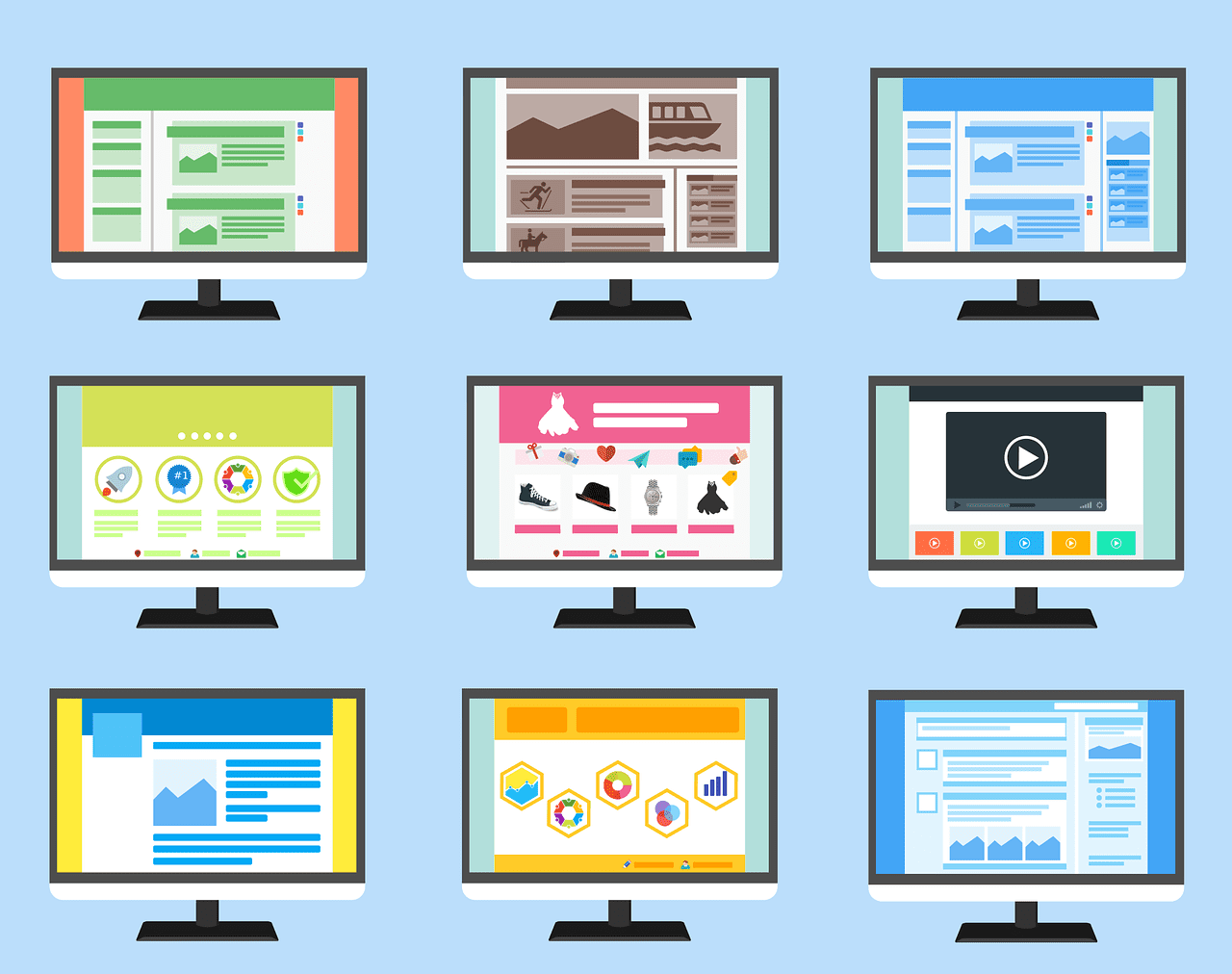

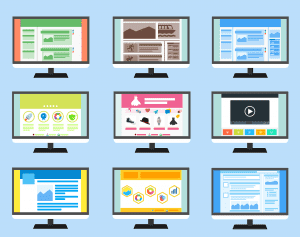 Want a complete escape? The website
Want a complete escape? The website 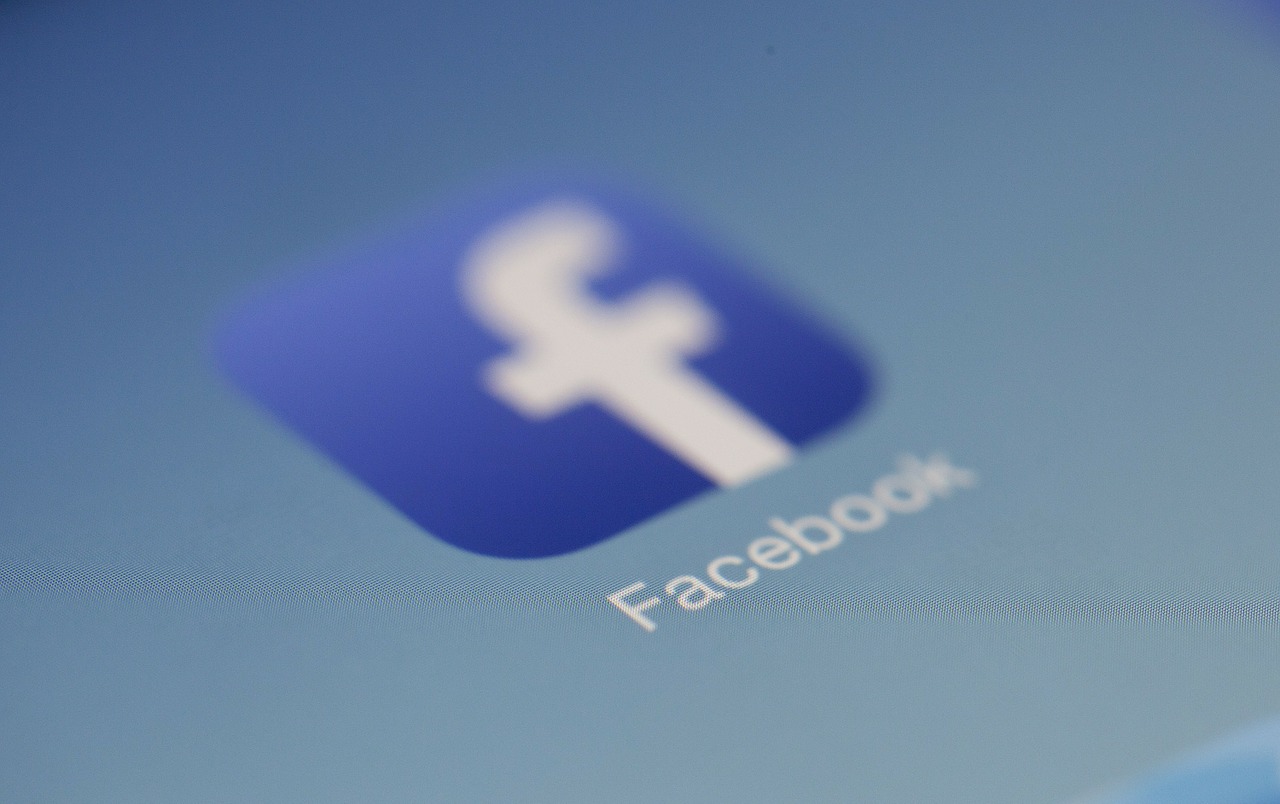
 individual’s diagnosis with significant accuracy. This was especially true in the three to six months before the diagnosis. To the researchers, these statuses included words that overlapped with those often found in medical screening surveys for depression, implying that it can be adapted in a way so diagnosis can be done electronically.
individual’s diagnosis with significant accuracy. This was especially true in the three to six months before the diagnosis. To the researchers, these statuses included words that overlapped with those often found in medical screening surveys for depression, implying that it can be adapted in a way so diagnosis can be done electronically.



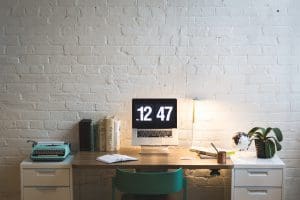 We’ve heard it before (in fact, we’ve even discussed it here): tips to help de-stress and relax often include getting organized. Whether that be through cleaning out your closet, getting a planner, or buying color-coordinated folders and binders, we feel some sort of satisfaction when things are put in their place, even if it isn’t relevant to what may be causing anxiety.
We’ve heard it before (in fact, we’ve even discussed it here): tips to help de-stress and relax often include getting organized. Whether that be through cleaning out your closet, getting a planner, or buying color-coordinated folders and binders, we feel some sort of satisfaction when things are put in their place, even if it isn’t relevant to what may be causing anxiety.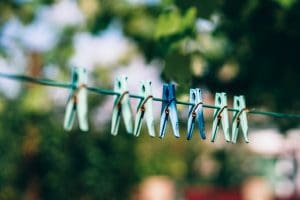 those who make their bed and/or sleep with clean sheets are much more likely to get a better night’s sleep. Other
those who make their bed and/or sleep with clean sheets are much more likely to get a better night’s sleep. Other 



 Organization describes, things are rapidly changing during adolescence, and added pressures, technology, and humanitarian crises can all have extreme effects on young people.
Organization describes, things are rapidly changing during adolescence, and added pressures, technology, and humanitarian crises can all have extreme effects on young people.
Recent Comments